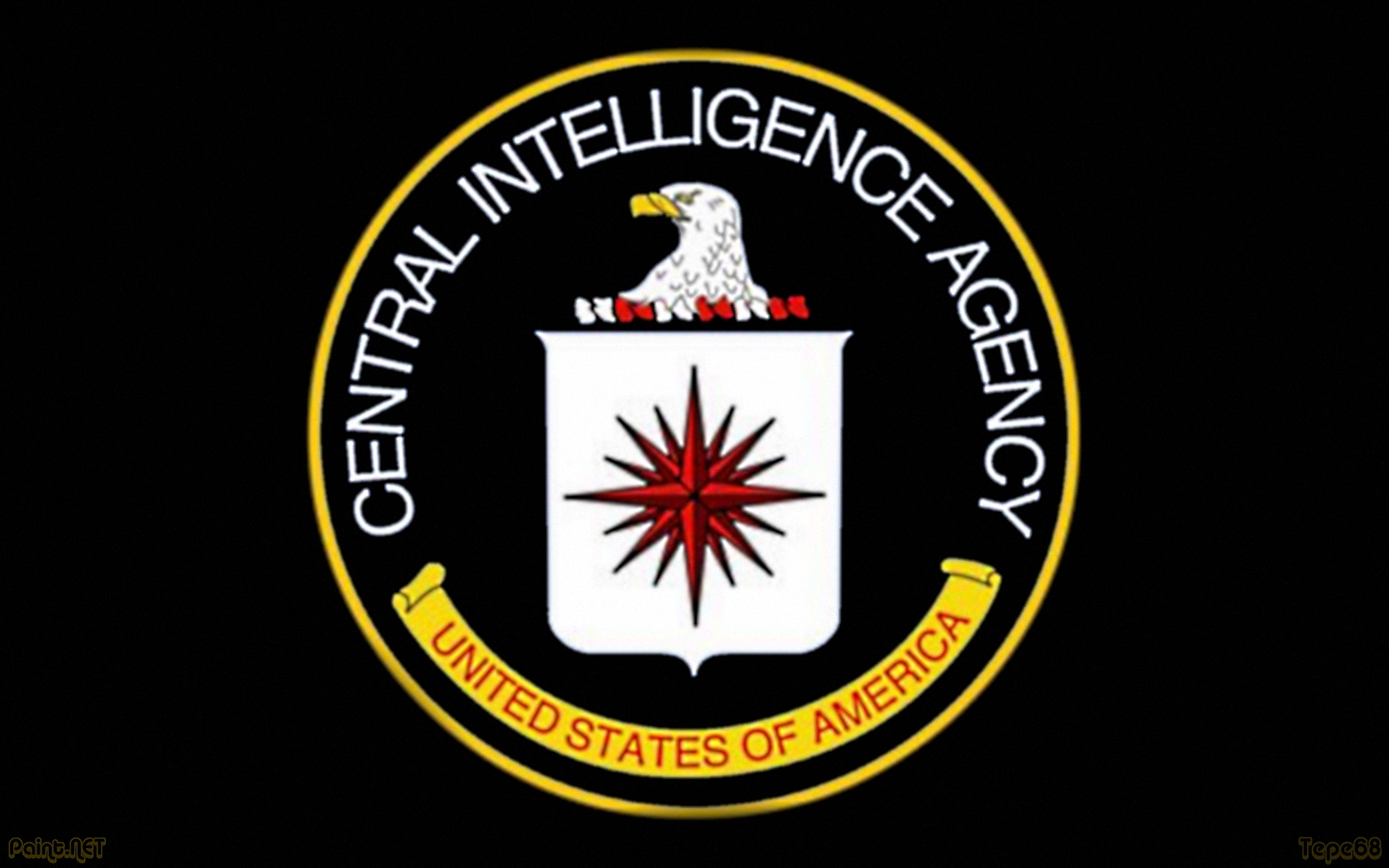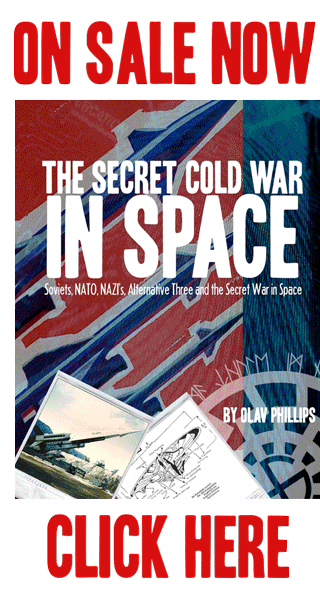
The Secret Team – The CIA and Its Allies in Control of the United States and the World
- February 7, 2013
- 3
by L. FLETCHER PROUTY Col., U.S. Air Force (Ret.)
From President to Ambassador, Cabinet Officer to Commanding General, and from Senator to executive assistant-all these men have their sources of information and guidance. Most of this information and guidance is the result of carefully laid schemes and ploys of pressure groups.In this influential coterie one of the most interesting and effective roles is that played by the behind the
scenes, faceless, nameless, ubiquitous briefing officer.
He is the man who sees the President, the Secretary, the Chairman of the Joint Chiefs of Staff almost daily, and who carries with him the most skillfully detailed information. He is trained by years of experience in the precise way to present that information to assure its effectiveness. He comes away day after day knowing more and more about the man he has been briefing and about what it is that the truly influential pressure groups at the center of power and authority are really trying to tell these key decision makers. In Washington, where such decisions shape and shake the world, the role of the regular briefing officer is critical.
Leaders of government and of the great power centers regularly leak information of all kinds to columnists, television and radio commentators, and to other media masters with the hope that
the material will surface and thus influence the President, the Secretary, the Congress, and the public. Those other inside pressure groups with their own briefing officers have direct access to the top men; they do not have to rely upon the media, although they make great use of it. They are safe and assured in the knowledge that they can get to the decision maker directly. They need no middleman other than the briefing officer. Such departments as Defense, State, and the CIA use this technique most effectively.
For nine consecutive, long years during those crucial days from 1955 through January 1, 1964, I was one of those briefing officers. I had the unique assignment of being the “Focal Point”
officer for contacts between the CIA and the Department of Defense on matters pertaining to the military support of the Special Operations[1] of that Agency. In that capacity I worked with Allen
Dulles and John Foster Dulles, several Secretaries of Defense, and Chairmen of the Joint Chiefs of Staff, as well as many others in key governmental places. My work took me to more than sixty countries and to CIA offices and covert activities all over the world–from such hot spots as Saigon and to such remote places as the South Pole. Yes, there have been secret operations in Antarctica.



